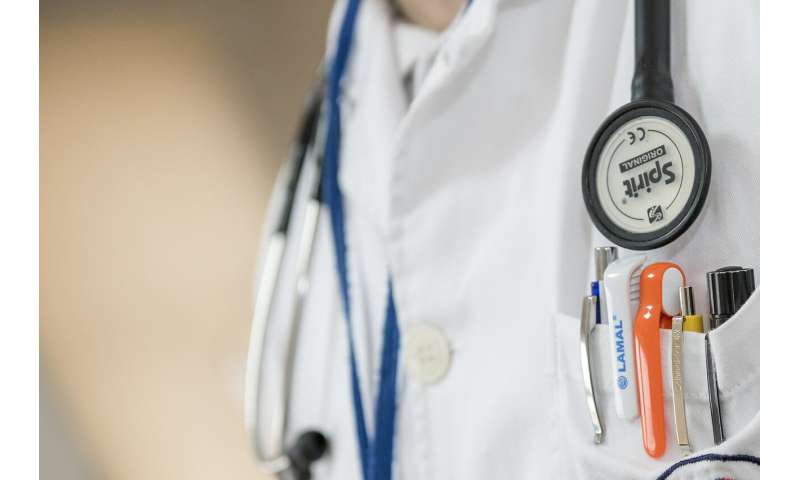Improving gastroscopy diagnostics with artificial intelligence

During a gastroscopy, the esophagus, stomach and duodenum are examined using an endoscope. This is a thin, flexible tube with a light and a camera at the tip. The endoscope is passed through the mouth and into the stomach. Doctors can use the camera images to assess the state of health and take tissue samples if necessary.
Gastroscopies are performed very frequently; they are important for the diagnosis and treatment of many diseases. They can be used to detect stomach inflammation, ulcers or tumors, for example. However, this is not easy, especially not for medical beginners: extensive medical knowledge and experience is required to be able to reliably identify abnormalities or diseases on the camera images.
The new international research project GI-Insight (GI stands for Gastroscopy Intelligence) therefore aims to make gastroscopies even more precise and safer: Researchers at Julius-Maximilians-Universität (JMU) Würzburg and Charles University in Prague want to develop new artificial intelligence (AI) technologies that support doctors directly during a gastroscopy. The AI should help, for example, to recognize diseases more accurately or to better assess whether it is necessary to take tissue samples.
JMU computer scientist Dr. Adrian Krenzer is collaborating on the project with Prague linguistics professor Pavel Pecina. GI-Insight will start on 1 July 2024 and run for two and a half years.
Simplifying the time-consuming preparation of training data
"In order for an AI to reliably recognize and classify abnormalities based on images from the stomach, it has to be trained with a lot of data," says Adrian Krenzer. One challenge here is the annotation of the training data: A person, preferably a medical specialist, has to take a large number of individual images of stomach ulcers or other stomach diseases and describe in as much detail as possible what can be seen in each individual image.
"In our project, we want to develop an AI that largely relieves humans of this time-consuming annotation work," explains the Würzburg computer scientist. The project partner from Prague is taking care of this: Pavel Pecina is using the natural language processing method to link extensive written medical findings with the corresponding gastroscopic images and collect them in a database.
Based on the AI-annotated training data from the Czech team, Adrian Krenzer's team will then tackle the actual training of the AI. A product prototype that can identify various diseases in real time during a gastroscopic examination should be available by the end of 2026. Once validated, the prototype will be used for testing at Würzburg University Hospital.
Alexander Hann, Professor of Digital Transformation at the Chair of Gastroenterology at the University Hospital, will then check whether the AI results are suitable from a medical and technical perspective. The expert has been cooperating with the JMU Chair of Artificial Intelligence and Knowledge Systems headed by Professor Frank Puppe for some time.
Provided by University of Würzburg